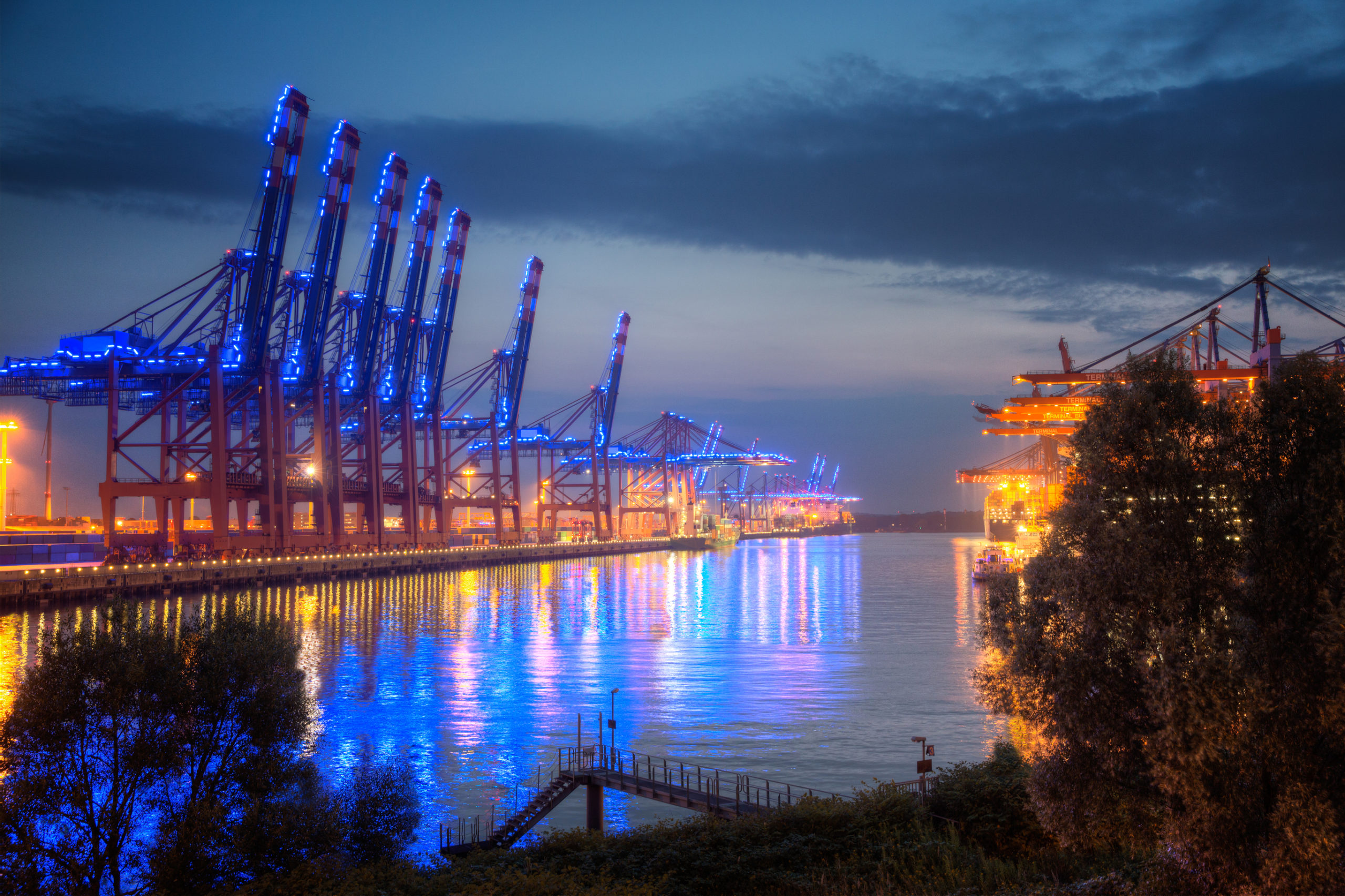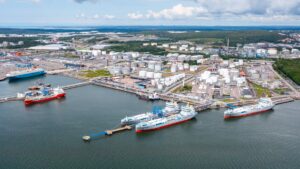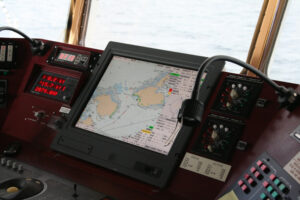
New research from the University of Oxford’s Environmental Change Institute reveals that nearly nine in ten major ports globally are exposed to damaging climate hazards, resulting in escalating economic impacts on global trade. The research indicates that 86% of all ports are exposed to more than three types of climatic and geophysical hazards, as the ECI researcher Jasper Verschuur says.
As the study, published in Communications Earth and Environment, clarifies ports by their very nature are located in hazard-prone areas along the coast and close to rivers exposed to storm and floods, and will have to cope with sea level rise and more severe storms because of climate change.
This could cause physical damages to port infrastructure, and disrupt port operations with far reaching consequences, as the research says, emphasizing in the case of Hurricane Katrina in 2005 which shut down three ports in the US, and in 2011 Tōhoku earthquake and tsunami which damaged maritime assets worth $12 billion.
The ECI study provides a detailed picture of climate risks for 1,340 of the most important ports globally. It combines a new geospatial database of port infrastructure assets with the most detailed available information on natural hazards, including earthquakes, cyclones and flooding, as well as localised information on “marine extremes” such as wind speeds, waves, temperature, and overtopping.
“We found 86% of all ports are exposed to more than three types of climatic and geophysical hazards. Extreme conditions at sea, for example storms, are expected to cause operational disruptions to around 40% of ports globally”, says research lead Jasper Verschuur.
On top of the physical damages, port downtime associated with these natural hazards puts trade worth $67 billion at-risk every year, which could result in costly delays, revenue losses, and impacts to the wider economy.
The largest climate risks are faced by large ports in Asia, the Gulf of Mexico and those in Western Europe. However, despite the absolute risk being particularly large in high-income countries, the impacts could be greatest in middle income countries’ ports, as the study notes.
“Luckily, initiatives are ongoing to upgrade outdated and inefficient port infrastructure at many ports. However, these efforts fall short given the expected climate change challenges ports will face over the next few decades. Our paper allows organisations to prioritise global investments to adapt ports, as well as help identify the most suitable interventions,” adds Jasper Verschuur.
Source: ECI University Oxford


